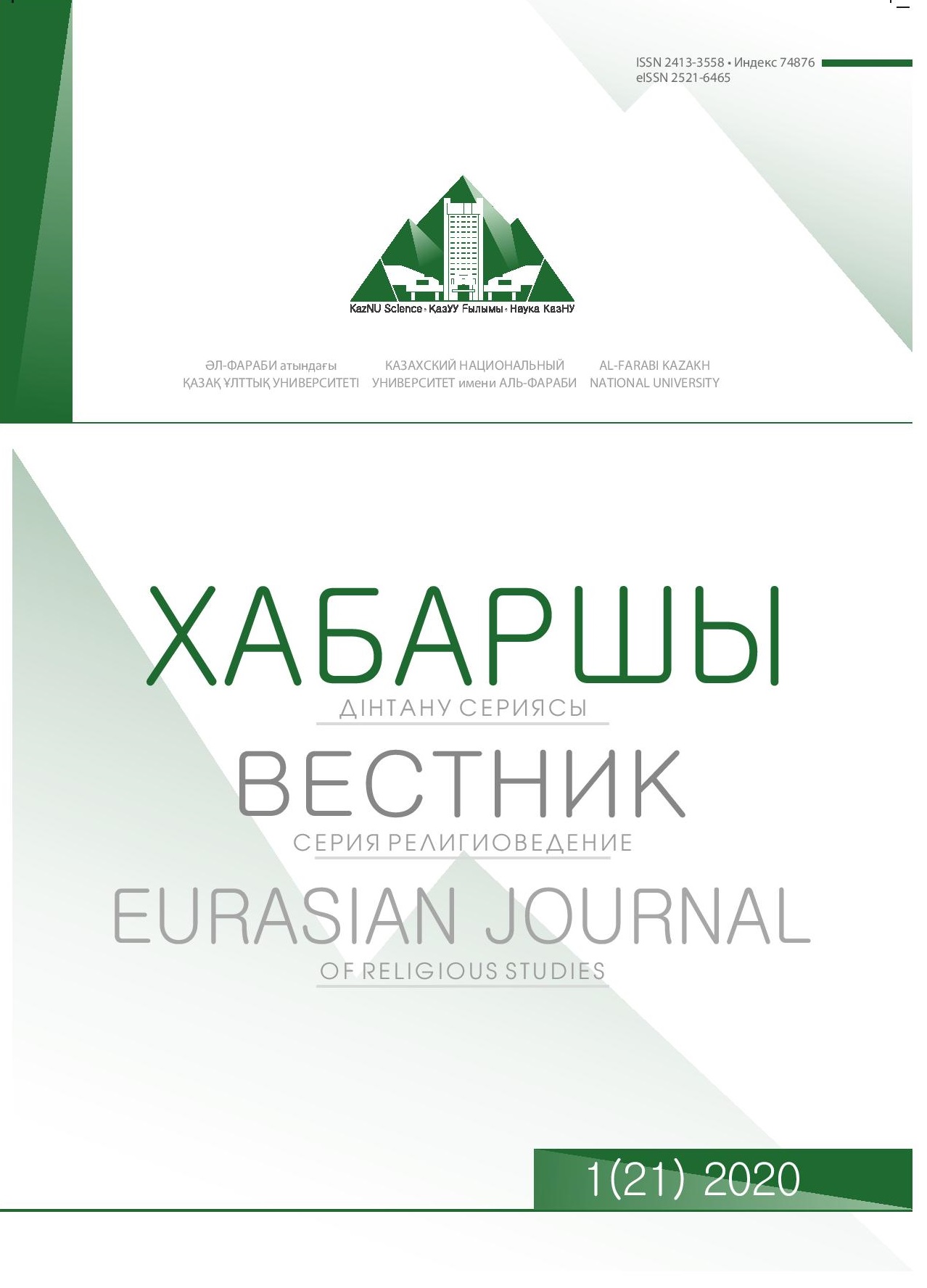The World above the Moon in the al-Farabi’s Cosmology
DOI:
https://doi.org/10.26577/EJRS.2020.v21.i1.r8Abstract
This article provides a general analysis of the cosmological system of al-Farabi. The aim is to describe the peculiar methodological approach of al-Farabi to the system of the universe. The cosmology of al-Farabi is an important part of his philosophy. In his cosmological system, al-Farabi follows the Aristotelian and Ptolemaic interpretations. However, he added a lot from the Neoplatonic worldview. In this regard, al-Farabi is a universal interpreter who synthesized the view of peripatetics and Neoplatonists into a single cosmological system. He also developed their cosmology by adding the doctrine of celestial intelligence to the celestial spheres of the supra-moon world. Speaking about the very structure of the cosmological system, al-Farabi notes that each primary element has its own place. At the center of the world is the element of earth that forms our planet. Earth is the center of the universe; it is motionless and has a spherical shape. The principle of the central and fixed position of the Earth in the Universe is the cornerstone in Aristotelism and for many centuries determined the dominance of the geocentric system in astronomy. Above the moon, there is superlunary world which is fundamentally different from the sublunary world. The superlunary world acts according to its own laws. In this world, all bodies are composed of ether. The ether is unchanged; it does not turn into other elements.




